What does it mean to “taste” wine?
Wine tasting is based on a combination of aromas (the smells brought in though your nose) and flavours (what you actually taste).
The problem is that there are no “primary aromas”; odours do not elicit universal names, like colours do (green, blue etc.). Because of this, we need to describe odours in terms of what they smell like. This can be difficult because there are no visual cues; you can’t actually see the blackberries that you smell.
Why taste wine?
Tasting wine shouldn’t be about snobbery or elitism. The main reason for tasting wine is to enhance your enjoyment of it; it can be much more fun to pick out and identify different flavours and aromas than to drink mindlessly.
“A person with increasing knowledge and sensory education may derive infinite enjoyment from wine.” – Ernest Hemingway
How to taste wine
- Swirl the wine in the glass. This gets more oxygen into the wine, making it easier to smell.
- Close your eyes and take a deep sniff.
- Take a sip of the wine, swirling it in your mouth.
Novice tasters often complain that they “can’t smell anything,” “just smell wine,” or can’t think of a way to describe the aroma. The problem is not a lack of ability, but rather a lack of experience and relevant vocabulary.
Luckily, it is relatively easy to learn how to associate descriptive terms with specific aromas in wine, and the more you do this, the easier it becomes. The golden rule is that practice makes perfect!
Aroma wheel
One of the easiest ways to get started is to use an aroma wheel. This is a handy tool showing different aromas and flavours often found in wine. The aroma wheel was invented by Ann C. Noble, a food scientist and sensory analysis expert, and her original, official version is available to buy online. There are plenty of alternative, similar versions easily found through a search engine, such as the one featured here.
Look at the inner circle of the wheel for the words that best describe the flavour, such as “fruity” or “spicy”. From there, move to the two outside tiers for more specific descriptions: for example, you might narrow “fruity” down to “berry,” and then find that it is specifically strawberry you smell. The more you use your aroma wheel, the less you will need to rely on it, and you will begin to pick up on certain aromas by yourself.
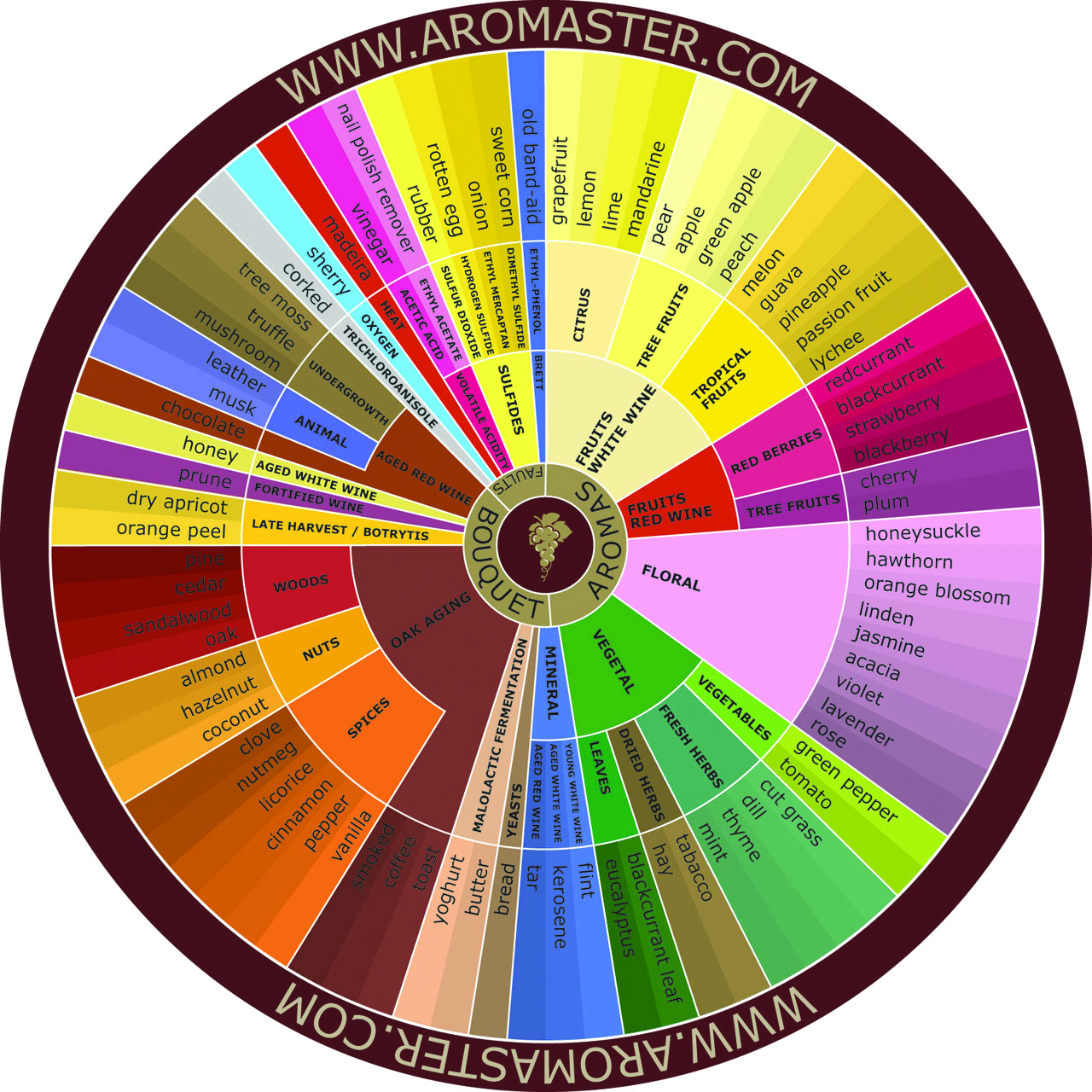
Common families of aromas and flavours
Fruity, e.g. raspberry, cherry, rhubarb or raisin
Vegetal, e.g. peppers, mint, cut grass or asparagus
Nutty, e.g. almond or hazelnut
Caramelised, e.g. honey, butterscotch, chocolate or soy sauce
Woody, e.g. burnt toast, bacon, vanilla or tobacco
Earthy, e.g. mushroom, damp, dusty
Chemical, e.g. cooked cabbage, rotten eggs, rubber or wet dog
Spicy, e.g. anise, black pepper or cloves
Floral, e.g. rose, violet or orange blossom
Microbiological, e.g. sauerkraut, yeast, yoghurt or “horsey”
A note on subjectivity
It’s important to remember that everyone’s nose and taste buds are different and everyone experiences wine (and food) in different ways. On top of this, we can be influenced by environmental factors such as other strong smells present in the room, the temperature of the wine or our level of focus. There are no right or wrong answers, and you may find varying flavours in the same wine on different occasions. The most important thing to remember when tasting wine is to have fun with it!

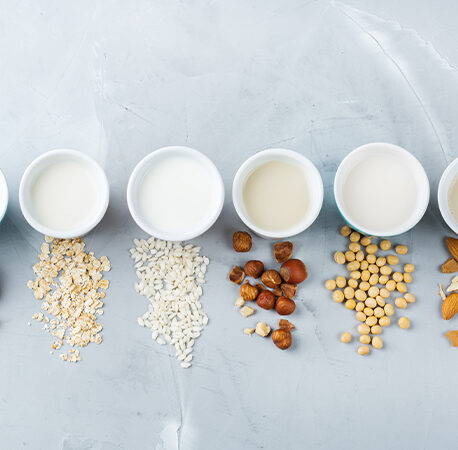
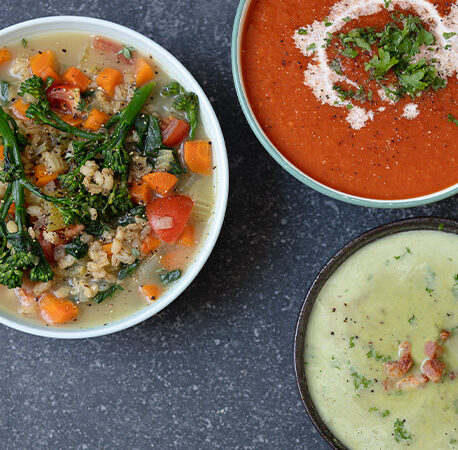

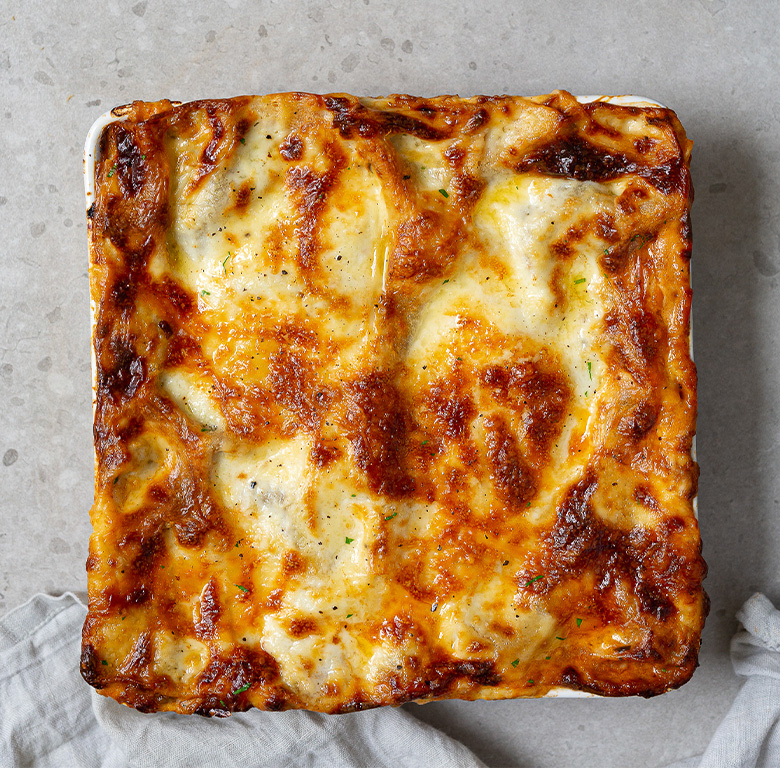
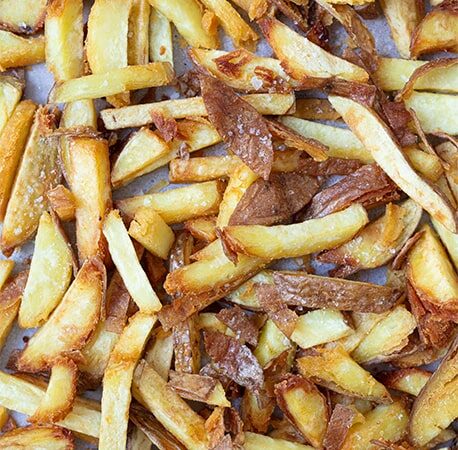
You have to be signed in to comment this post.